Welcome back! Did you all do your homework? Did you check out Scott McCloud’s book, Making Comics? Hmm? I’m going to have to call your mothers and check in on you—make sure you’re consuming a healthy comics diet. We’ll get to that in a minute.
NEWS
It’s been a long week, and there continue to be exciting things happening in the comic world, including the passing of Steve Jobs—a visionary who has made sharing comics on our digital devices possible. Little Island Comics (the first kids’ comic book store in North America) is now officially open, and getting great reviews. The second installment of Emily Carroll’s 5-part mini comic Margot’s Room is live on her blog, and will continue until the last week of October. Craig Thompson’s Habibi has spread like wildfire, igniting reviews, conversations, and presentations at APE, the Cartoon Art Museum, and bookstores across the U.S. DC’s reboot has caused quite a stir, losing some faithful readers and gaining some new ones. Comic anthologies such as Aftershock: Artists Respond to Disaster in Japan, and Cartoonists Against Bullying (still looking for more comics submissions, btw), are providing aid to victims of disasters and bullying. It’s an exciting time for comics—both for reading and making them.

Continue reading MAKING COMICS: TOOLS (PART I)
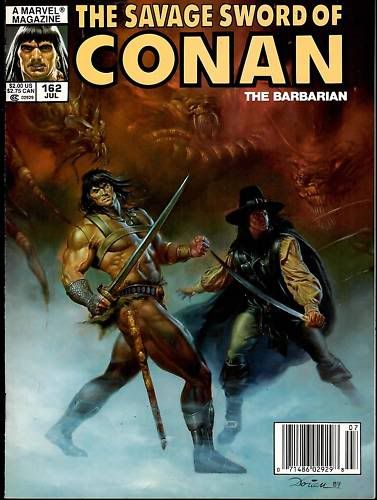
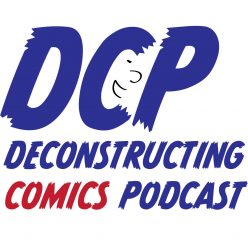

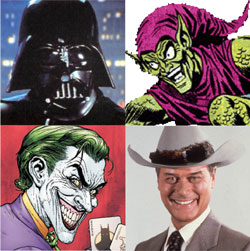 Villains we love to hate! Villains who could have been good guys but made bad choices! What makes the more interesting villain? Are the two types mutually exclusive? Why are some villains really compelling, while others become the butt of jokes? What makes a villain menacing? How is it different in comics compared to movies or TV? Tim and newcomer
Villains we love to hate! Villains who could have been good guys but made bad choices! What makes the more interesting villain? Are the two types mutually exclusive? Why are some villains really compelling, while others become the butt of jokes? What makes a villain menacing? How is it different in comics compared to movies or TV? Tim and newcomer 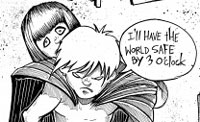 This week we tackle a couple of recent mini-comics: Chafed by James Mitchell and Evan Spears, and Kid with a Cape by Dave Castro. We also touch on how to pull off a successful first issue, and one possible future for US mainstream comics.
This week we tackle a couple of recent mini-comics: Chafed by James Mitchell and Evan Spears, and Kid with a Cape by Dave Castro. We also touch on how to pull off a successful first issue, and one possible future for US mainstream comics.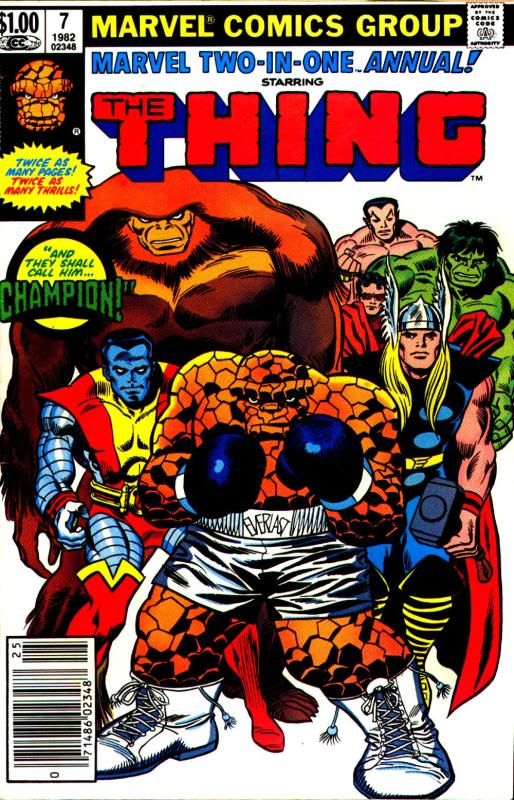
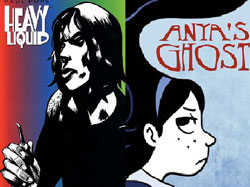 Tim and Brandon take on two graphic novels: First, Vera Brosgol’s ghost/coming to America/coming-of-age story “Anya’s Ghost”; then, Paul Pope’s sci-fi/relationship/drug story “Heavy Liquid”.
Tim and Brandon take on two graphic novels: First, Vera Brosgol’s ghost/coming to America/coming-of-age story “Anya’s Ghost”; then, Paul Pope’s sci-fi/relationship/drug story “Heavy Liquid”.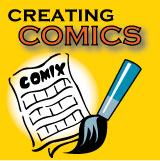 Have you ever read a comic and pored over the beautiful drawings, or wondered why those colored dots disappeared, or how many people it took to write, draw, print, publish and send out the comic? Have you ever thought of making your own comic?
Have you ever read a comic and pored over the beautiful drawings, or wondered why those colored dots disappeared, or how many people it took to write, draw, print, publish and send out the comic? Have you ever thought of making your own comic?
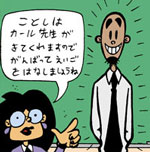 A comic about teaching English in Japan, discussed by two English teachers in Japan!
A comic about teaching English in Japan, discussed by two English teachers in Japan! 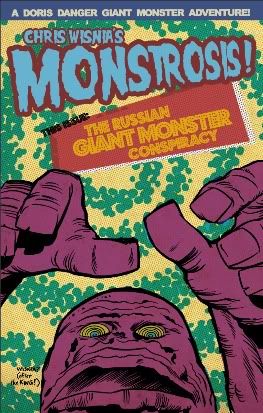
 Harold Gray’s Little Orphan Annie debuted in 1924 and was a big success. FDR having not yet turned him against organized labor, Gray shows hardworking Annie going on strike in one of her many jobs. Tim and Kumar discuss the ’20s strips, their strengths and idiosyncrasies (one strip=one day?!), and how Gray’s outlook changed later.
Harold Gray’s Little Orphan Annie debuted in 1924 and was a big success. FDR having not yet turned him against organized labor, Gray shows hardworking Annie going on strike in one of her many jobs. Tim and Kumar discuss the ’20s strips, their strengths and idiosyncrasies (one strip=one day?!), and how Gray’s outlook changed later.